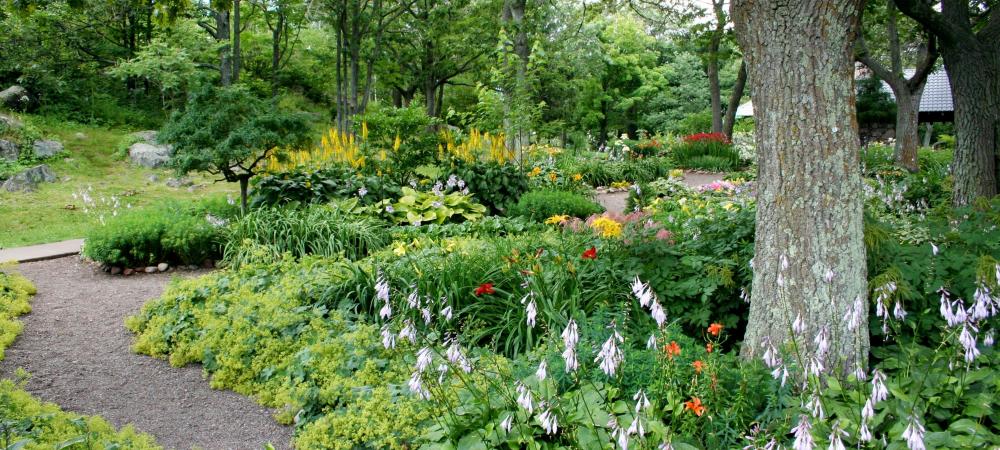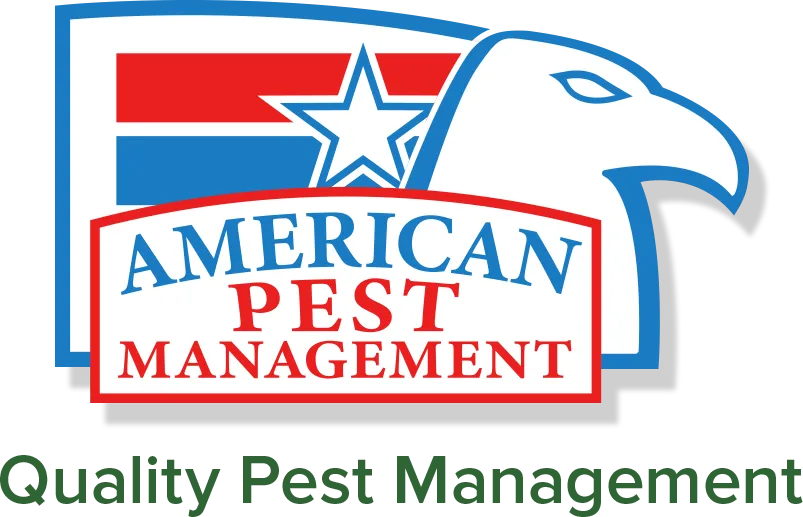The Growing Garden Slug Problem in Alaska

In recent years, Alaska's serene gardens and lush landscapes have encountered a slimy intruder that threatens local horticulture and disrupts ecological balance. This unwelcome visitor is none other than the garden slug, a pest that has gradually made its way north into territories previously unaffected.
Alaska's battle with invasive species is not new, but the recent spread of slugs across the region presents a unique set of challenges. Traditionally confined to the more temperate regions of Southcentral and Southeast Alaska, these mollusks have now been observed as far north as the interior regions, including Fairbanks.
Citizen Science in Action
A pivotal development in understanding the slug invasion is the establishment of a citizen science project led by Joey Slowik, an integrated pest management technician with the University of Alaska Fairbanks Cooperative Extension Service. This initiative empowers local residents to participate in tracking and identifying slug populations across the state. Twelve slug species have been identified in Alaska, and ongoing efforts are being made to distinguish between native and invasive varieties.
The Environmental Impact of Slugs
Slugs may seem like a minor nuisance, but their impact on the environment can be significant. These gastropods are known for their voracious appetite for leafy greens and other vegetables, making them a particular threat to gardens and farms. However, slugs also play a vital role in the ecosystem as decomposers, contributing to nutrient cycling by breaking down organic matter.
Invasive Slug Species: A Growing Concern
Among the various species, the black arion slug poses a significant threat. This invasive species, identifiable by its size and varying color from black to orange-brown, has spread rapidly along Alaska’s coastline. Originally introduced in Cordova, these slugs have now been found in nearly every part of Southeast Alaska and have even reached the Aleutian Islands.
Slug Prevention and Management Strategies
Managing slug populations involves understanding their behavior and habitat preferences. Joey Slowik suggests practical measures such as maintaining dry conditions around garden areas, using raised beds, and choosing less slug-friendly materials like gravel for walkways. Additionally, reporting sightings to local pest management programs is crucial for tracking and controlling their spread.
The increasing presence of slugs in Alaska is more than just a gardening problem—it's an ecological issue that requires community involvement and scientific research to manage effectively. Through citizen science efforts and ongoing educational programs, Alaskans are becoming more equipped to tackle this slippery challenge, ensuring the health of their local environments and the productivity of their gardens.
This situation exemplifies the broader global challenge of managing invasive species in a changing climate, reminding us of the delicate balance within our ecosystems and each organism's role. As Alaska continues to monitor and manage its slug populations, the lessons learned here will undoubtedly contribute to broader discussions on invasive species management worldwide.
